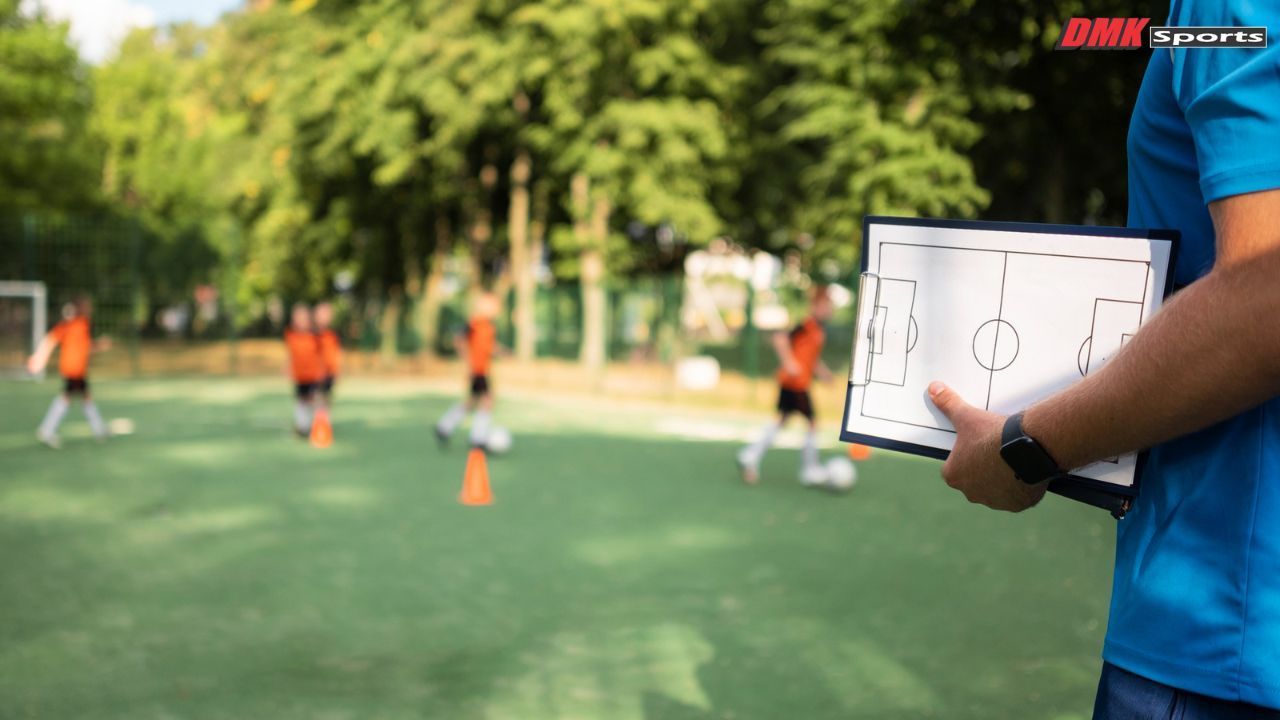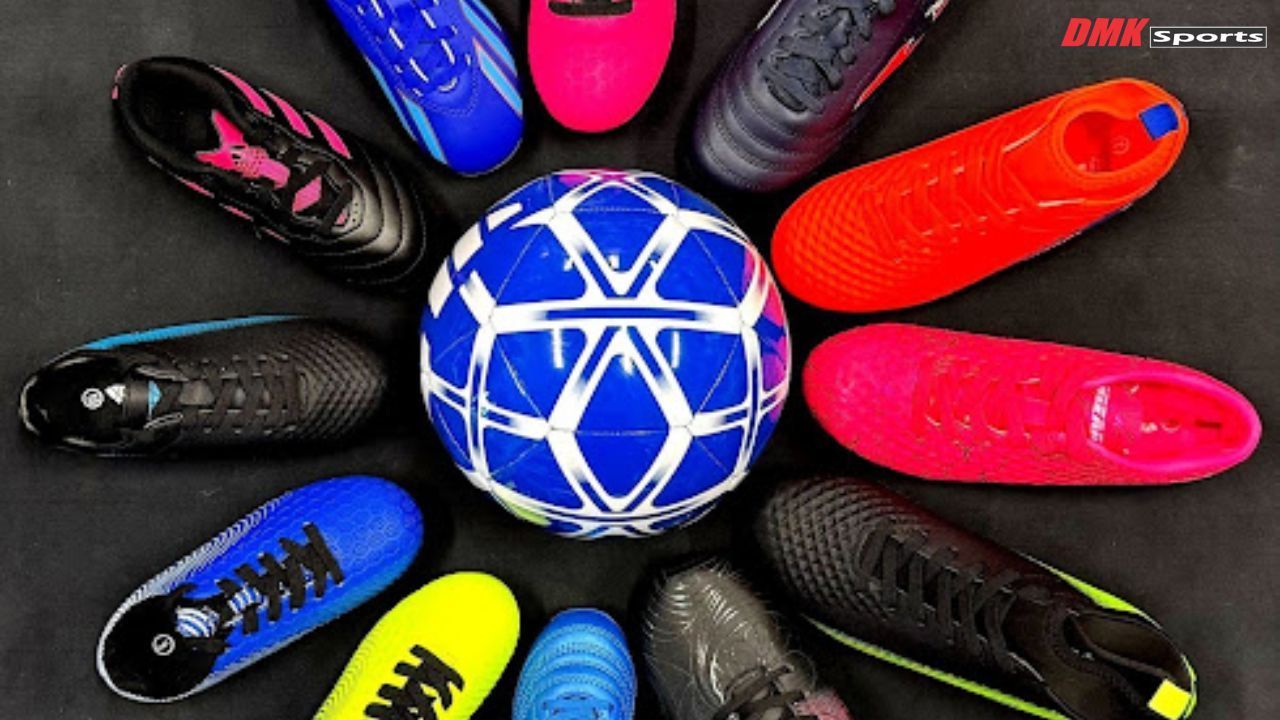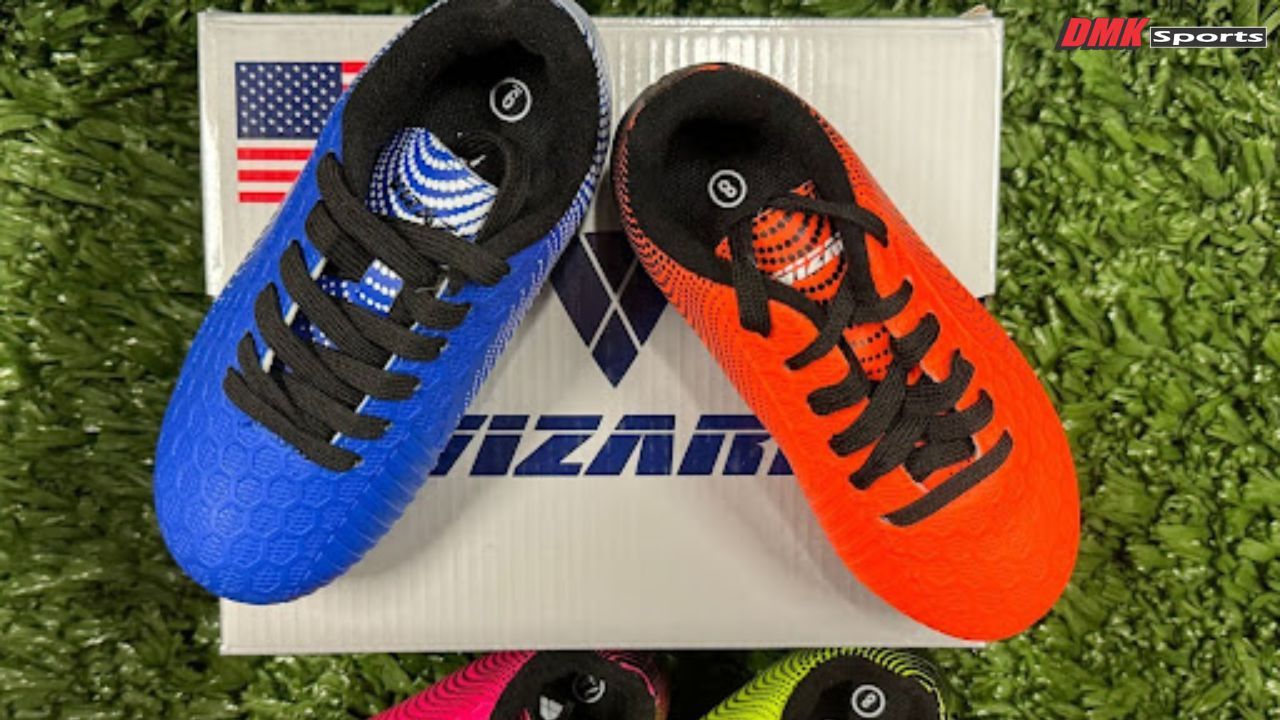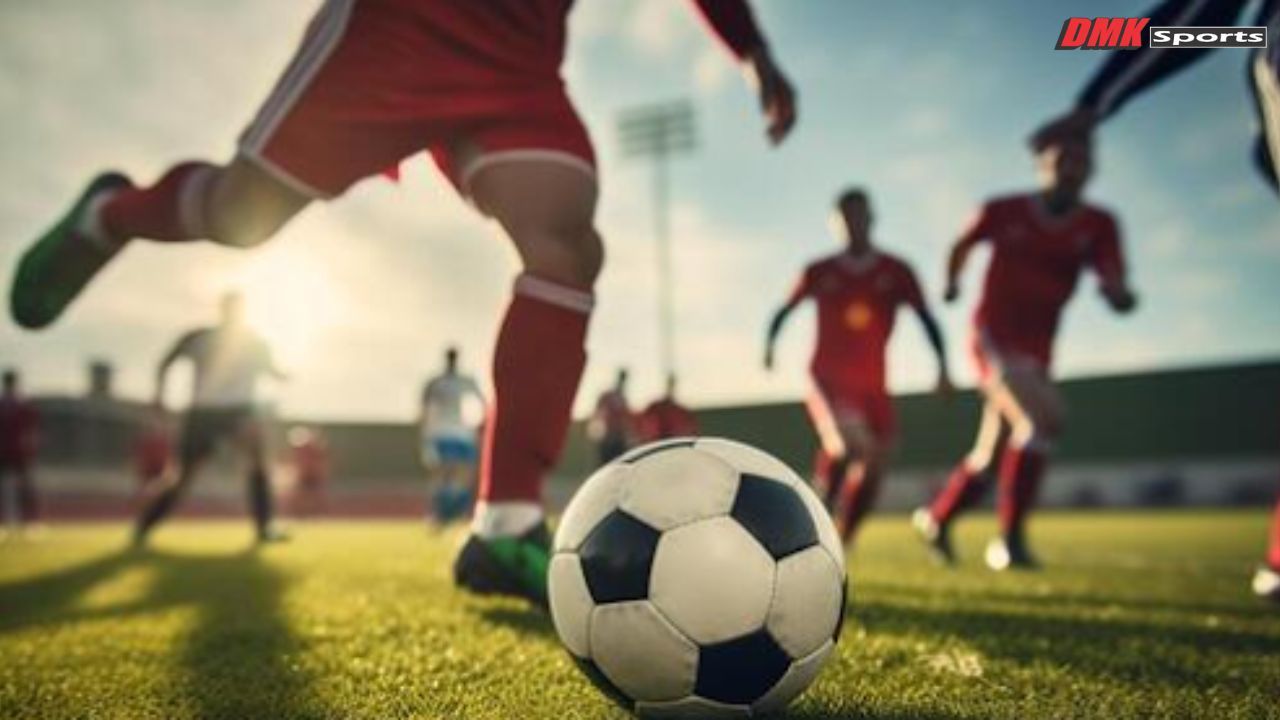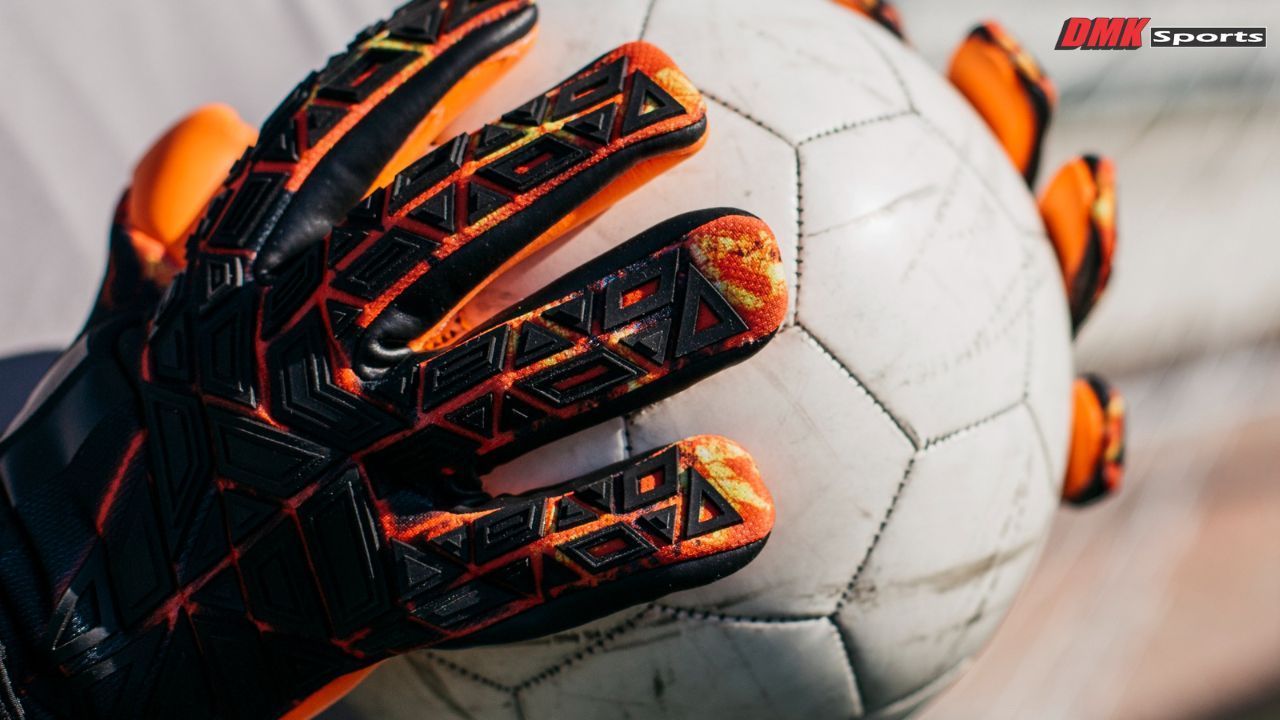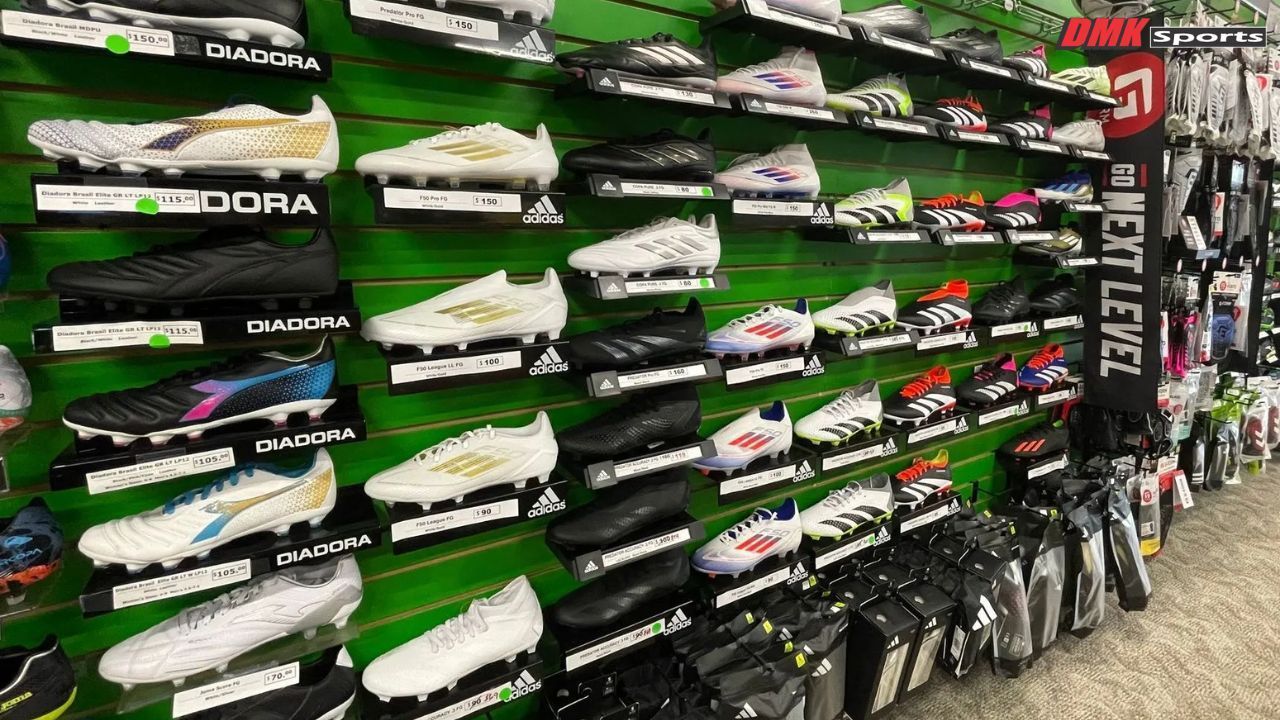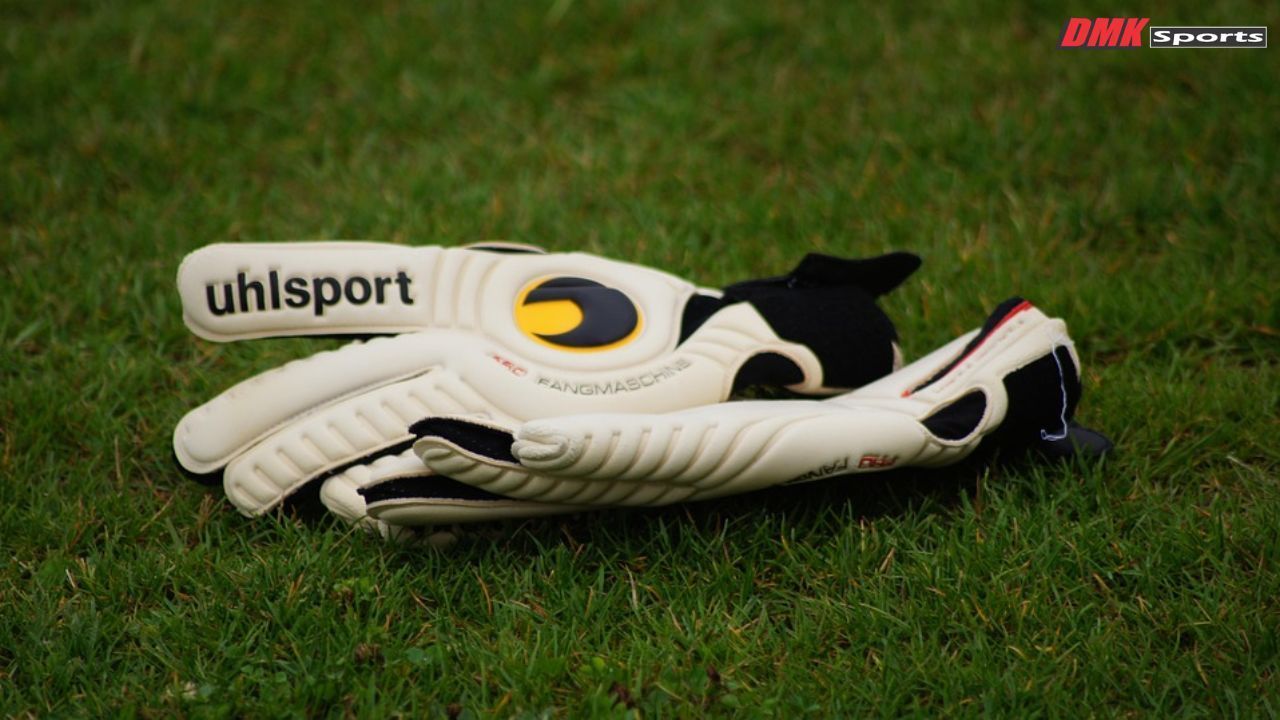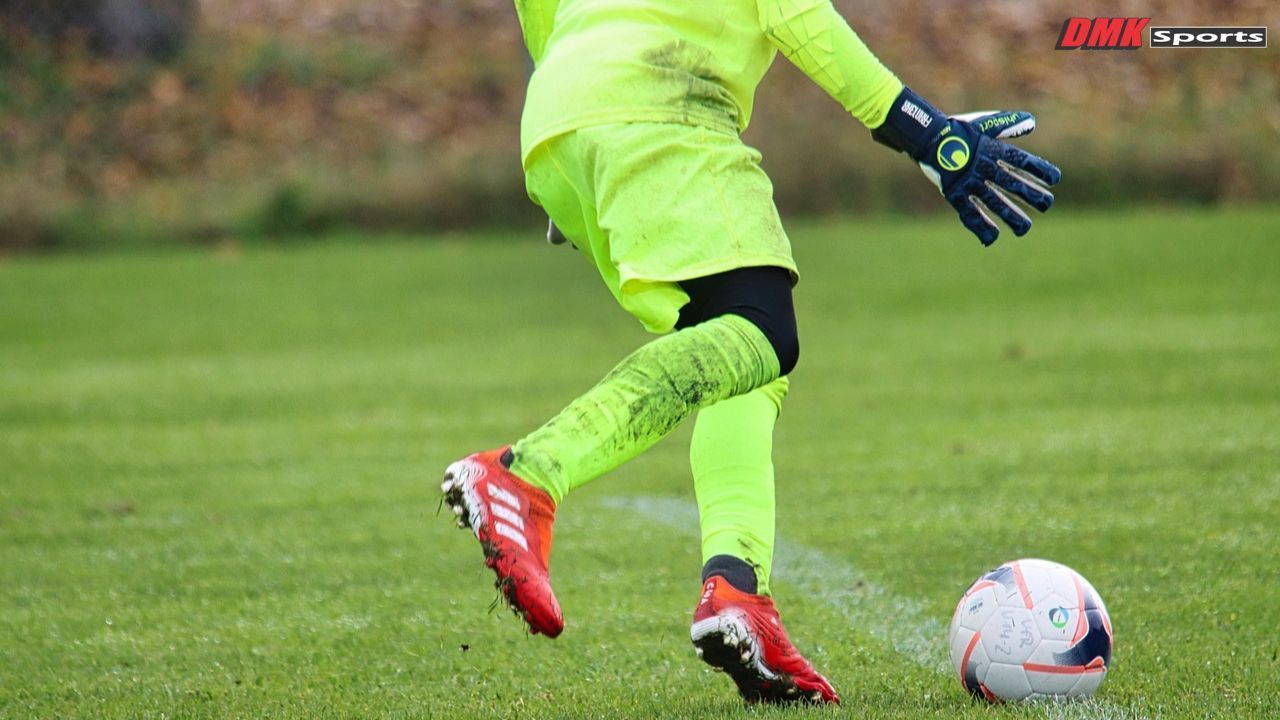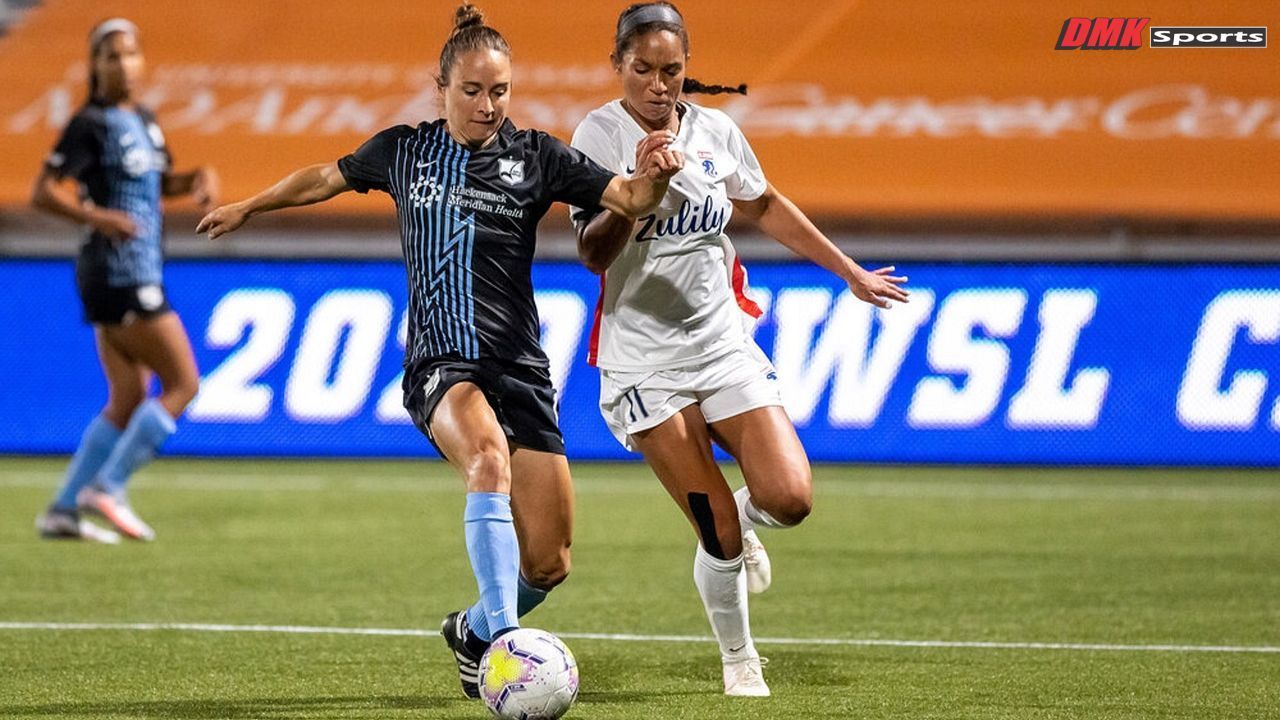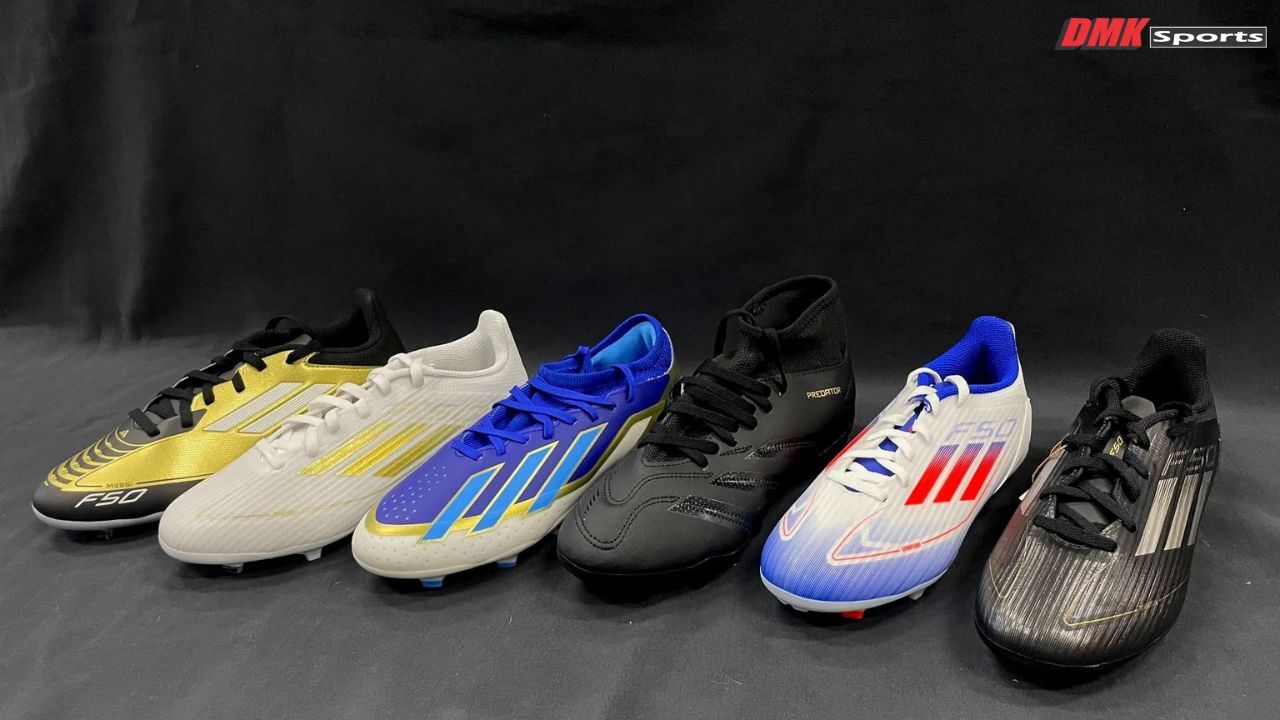Are Soccer Cleats and Football Cleats the Same?
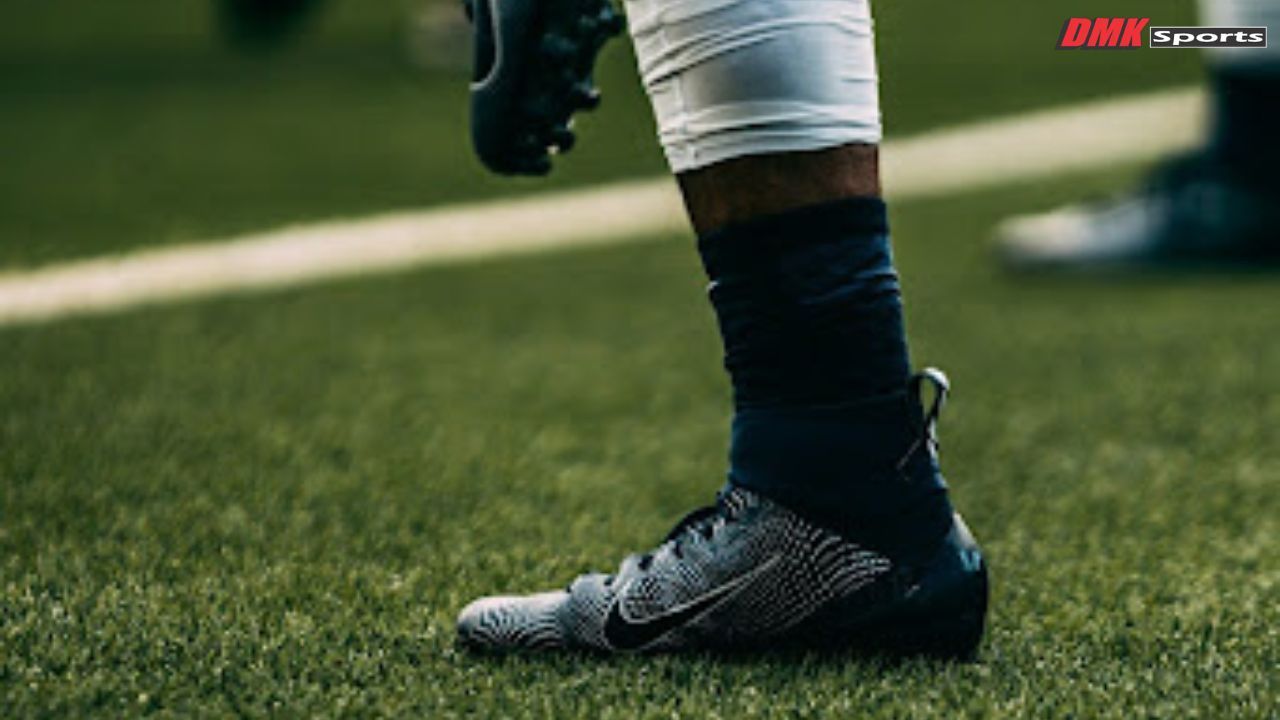
Walk into a sporting goods store, and you’ll see rows of cleats that look alike. But just because two pairs of shoes have studs doesn’t mean they belong to just one sport.
We’re talking specifically about the difference between football and soccer cleats here. While these may seem similar, they serve very different purposes. Let’s dig into what sets them apart and why using the wrong pair might do more harm than good.
The Studs
This is the one detail that makes a huge difference in soccer cleats vs football cleats. Football cleats usually come with a toe spike. This little stud at the front helps players explode forward during snaps and blocks. It’s perfect for linemen who need power off the line.
Soccer cleats don’t have this. And there’s a reason for that too. In soccer, the toe area touches the ball a lot. A front spike would mess with your touches and probably cause you to trip or injure someone. So, no toe spike in soccer cleats on purpose.
The Sole Patterns Matter More Than You Think
Relevant football cleats vary significantly by position. A linebacker doesn’t need the same traction as a wide receiver. That’s why you’ll see different stud layouts: longer in the heel, wider at the sides, maybe a mix of circular and blade-style studs. All of it is for grip, grip, and more grip especially in short, explosive bursts.
Soccer cleats offer more balance. This is why the studs in soccer cleats are spread evenly to support constant running, cutting, turning, and kicking. You move in every direction on a soccer field. So, the bottom of the shoe has to work with your whole foot, and not just one part.
Ankle Cuts and Protection
Ever notice how bulky some football cleats look? That’s because they’re often designed to protect the ankle. Football is rough with lots of tackling, blocking, and sudden impact. You’ll see high-top options that limit ankle movement but offer serious support. That’s ideal if your job is to hold the line.
Soccer doesn’t really go for that. You won’t find many high-top soccer cleats. Players need to pivot quickly and move freely. Too much ankle support would get in the way and even possibly slow down movement. Most soccer cleats are low-cut, sleek, and built for motion more than protection.
Weight of the Cleats
Soccer cleats feel light on your feet. They’re designed that way for a reason as players run for 90 minutes or maybe more. Lighter shoes help reduce muscle fatigue in your feet, ankle, and legs, and the thin material helps you feel the ball better. Every pass, shot, and touch matters.
Weight is not a major game changer in football cleats. These shoes need to survive hits, protect feet, and stay stable in rough conditions. That’s why they often feel heavier and are typically made from thicker materials with more padding.
Can You Use Soccer Cleats for Football?
Sometimes, but mostly at the youth level.
If your kid is just starting out in flag or pee-wee football, a pair of soccer cleats might do the trick. This is especially true for positions like kicker or punter. But as players grow and the game gets more physical, those cleats just don’t cut it.
Without the toe stud and ankle support, football players won’t get the grip or safety they need. Some leagues may also have rules that don’t allow soccer cleats. So, while it’s fine early on, it’s not a long-term solution.
Can Football Cleats Work for Soccer?
Seeing the bigger picture, the answer to whether football cleats and soccer cleats work the same, is no.
Using football cleats in a soccer game causes all sorts of problems. That toe stud we talked about in football cleats gets in the way. You’ll stumble, scuff your touches, or worse you may hurt someone on a slide tackle. The shoe’s shape and weight will also throw off your balance and kick accuracy.
And in many leagues, they’re simply not allowed, just as soccer cleats are not allowed for football matches. Referees might even stop you from playing if you wear them.
Picking the Right Cleats for Each Position
In football, cleats are picked by position. Here's a quick breakdown:
- Lineman: Needs maximum ankle support. High-top cleats with long studs are best.
- Running back or linebacker: Needs both support and speed. Mid-top cleats work well.
- Wide receiver or cornerback: Needs speed and quick cuts. Low-top, lightweight cleats are the choice.
- Kicker: Some kickers use soccer cleats for better ball feel.
In soccer, cleats change based on field type:
- Firm ground: Regular outdoor grass fields. Standard molded studs.
- Soft ground: Wet or muddy fields. Longer, often removable studs.
- Artificial ground: Turf. Lots of short studs or nubs.
- Indoor: Flat rubber soles. No studs, built for hardwood or futsal courts.
What About Brands? Do They Matter?
Whether you’re trying an answer to this in the case of soccer cleats or football cleats, it’s yes and no. However, while the brand is important, not so much as the fit and feel. That said, here are some names to know:
- Nike: Known for sleek soccer cleats and fast football shoes.
- Adidas: Solid in both sports. Great options for speed and comfort.
- Under Armour: Especially popular in football circles.
- Puma & New Balance: Rising stars in the cleat world—lightweight and durable.
Try a few on. Walk around. See how they feel. Or, visit a renowned soccer store with knowledgeable staff who can help you choose the right one, such as DMK Sports. This one’s the largest soccer store in all of Rhode Island.
FAQs
Can kids use the same cleats for both sports?
This is completely dependent on the kid’s age and the play level. For young beginners, it’s okay if they share a pair for both sports. But as the games become more competitive, it’s safer and smarter to use cleats made for each.
Are football cleats legal in soccer games?
Usually not. Most leagues won’t allow them due to the toe spike and safety concerns.
Do soccer cleats cost more than football cleats?
They’re often in the same price range. But prices vary based on material, brand, and design. Don’t overspend. Focus on fit, not flash.
Final Thoughts
Soccer and football are two completely different games. Players move differently and hit the ball differently. For this, they also need different gear.
While soccer cleats and football cleats may look similar on a shelf, they’re not. Wearing the wrong pair won’t just affect your play—it could hurt you or someone else.
Pick cleats made for your sport. Trust your feet. They’ll thank you later.
Related Posts:
